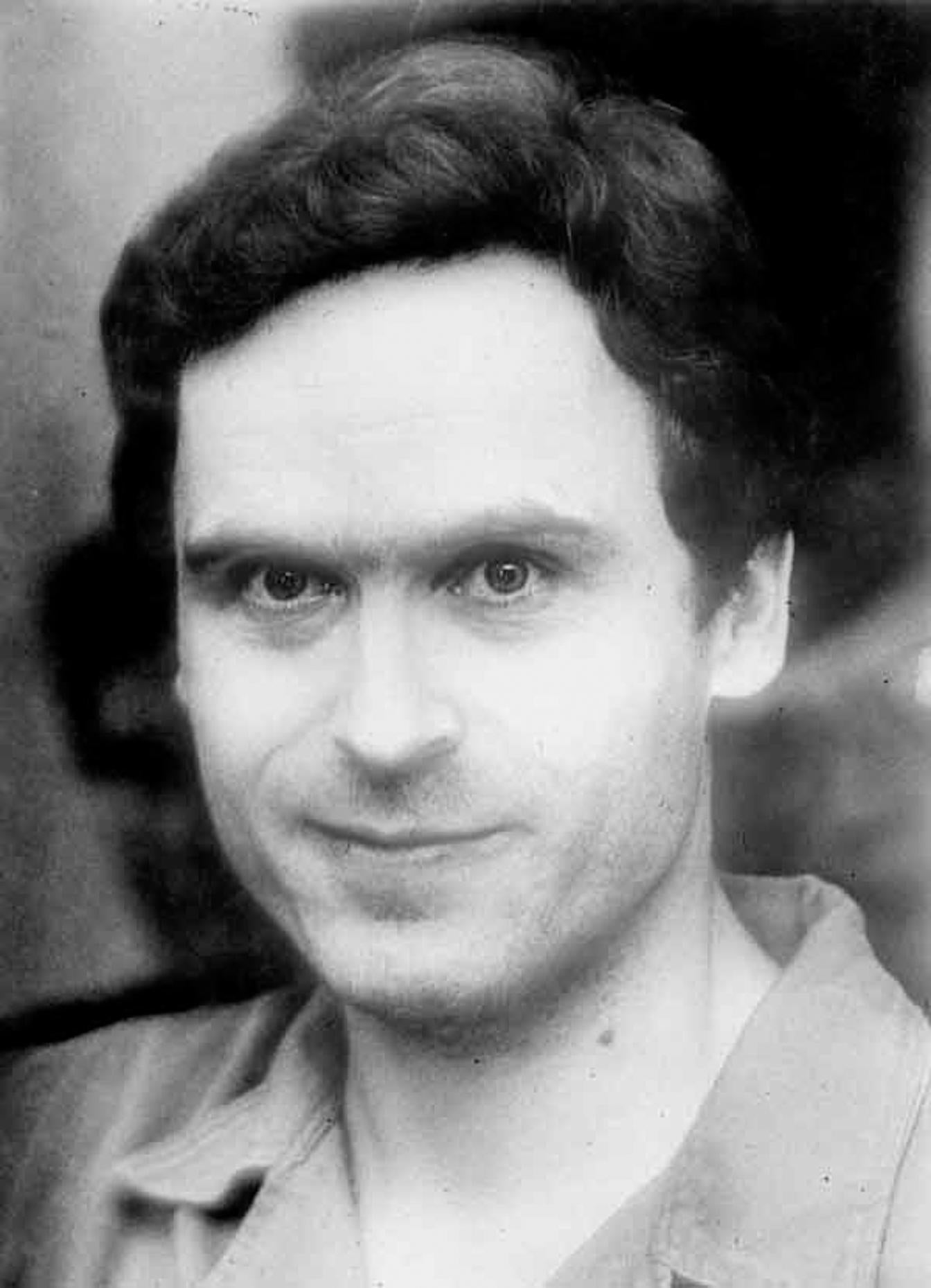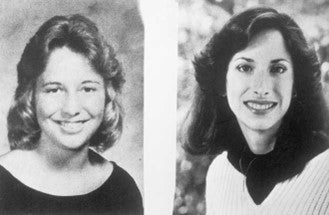A teenage girl who reportedly carried a green backpack and wore a “simple beaded necklace with black and light-colored beads resembling spaghetti” was walking on an Idaho highway when she was offered a ride – by the notorious serial killer Ted Bundy.
It was September 1974 and Bundy was just months into his murderous rampage — he later admitted to raping and killing more than 30 women — that spanned several states until his arrest in 1978.
Bundy was driving from Seattle to Salt Lake City when he says he noticed the girl hitchhiking along Interstate 84 on the outskirts of Boise, Idaho. He stopped to offer her a ride — and then murdered her and dumped the body, Bundy later confessed to investigators.
Bundy’s confession was part of a “marathon” of admissions he made shortly before he was executed in July 1989, Ada County Sheriff’s Office investigator Tim Cooper explained in a new podcast.

But the girl’s remains have never been found and her identity remains a mystery nearly 50 years later.
Cooper is now calling on the public for help in the latest episode of the Ada County Sheriff Cold Case Files podcast, a new series examining active and solved cases.
“I think this is one of those cases where we’re 50 years down the road, where the public is going to be a big part in solving this,” Cooper said.
A killer’s confession
Investigator Cooper said he first heard about the unidentified girl and a possible link to Bundy while chatting with truck drivers at local truck stops along I-84.
“Sometimes truck drivers will ask me about Ted Bundy and if I know anything about the abduction,” Cooper said in the podcast. “Once that started happening, and it happened a couple of times, I started researching it a little bit more.”
Shortly before Bundy’s execution in 1989, he agreed to talk with investigators from Washington, Utah, Colorado and Idaho about unresolved cases.
Excerpts from his recorded confessions are featured throughout the podcast episode.
In Bundy’s own words, the killer recalls picking up the girl on September 2, 1974 on I-84 near the Eisenmann exit, in sight of ranch-style houses.
He described the girl as a possible runaway from the Boise area, believed to be on her way to Montana.
Bundy vividly described her as around 16-18 years old, approximately 5’6”, with light brown hair, carrying a green backpack, and wearing a beaded necklace with black and light-colored beads resembling spaghetti.

Cooper said on the podcast that he initially noticed some discrepancies in Bundy’s description of the area but then took into account that the highway was under construction at the time.
The details from Bundy in the confession are scant, but Cooper noted that the convicted murderer had no reason to lie and that other confessions that Bundy gave at the time have since been tied to confirmed cases.
In the same recording, Bundy also admitted to the killing of 12-year-old Lynette Culver, of Pocatello. Bundy was named a prime suspect in Culver’s murder but her remains have never been found.
“Of all the confessions that Bundy gave that turned out to be accurate, I really don’t think he had cause to lie about this one [from Boise],” Cooper said in the podcast.
Plus, Cooper confirmed that he was able to corroborate Bundy’s presence in the Boise area around the time the unidentified victim was killed.
Bundy’s former girlfriend told investigators that he called her from Nampa, a town in Idaho in September 1974.
Cooper also reviewed receipts from a gas station near the Boise Airport that put Bundy in the area on September 2, the day of the alleged murder.
“It begs the question why would he lie about our Jane Doe case and then tell the truth about Lynette Culver,” Cooper noted.
Listening to Bundy tell his story of the murdered teenager also helped Cooper take it seriously.
“I wanted to listen to his voice and see if there is any deviation in the baseline of his tone as he’s discussing Lynette,” he added. “And there’s not.”
“Do I think it was credible what he said? Yes I do and I’m going to treat it that way until there’s cause not to,” Cooper said.
Who is the mystery hitchhiker?
The identity of the hitchhiker and alleged victim of Bundy’s still remains a mystery.
Cooper said he has combed through hundreds of reels of microfilm of old newspapers, but there are no unresolved missing persons reports from the Boise area at that time that match Bundy’s description.
He added that it’s possible the girl may not have been from Boise, which could complicate things further.
But Cooper hopes residents of Idaho or surrounding states will have some sort of information that could crack the case.
“What we’re doing right now is an appeal to the public to try to find out if anyone knows anything about a young lady who may have disappeared around that time,” he said on the podcast.
“We’re going to throw everything we can at this to try to figure out who Jane was.”
Investigators are calling on anyone who may remember someone who went missing around that time or has any information to contact them at 208-577-3102 or lmontague@adacounty.id.gov.
Ted Bundy’s victims
Bundy’s twisted reign of terror is believed to have spanned from 1974 until his arrest in 1978.
He was known for luring his victims into his car pretending to be injured. Their kindess toward him turned out to be a fatal mistake as he often raped his victims before beating them to death.
Bundy’s supposed charm took center stage when he went to trial in June 1979. It was the first-ever trial to be televised nationally – just months after the Florida Supreme Court ruled to allow cameras in court.
On July 24, 1979, Bundy was convicted and sentenced to death for the murders of two Chi Omega sorority members Lisa Levy and Margaret Bowman, as well as 12-year-old Kimberly Leach.

After years of maintaining his innocence, just before his execution, Bundy confessed to murdering 30 women in seven states in the 1970s.
Experts, however, believe that the final tally could be 100 or more. His case has since inspired numerous movies, documentaries and books.
Bundy was executed in January 1989 at the age of 42.







